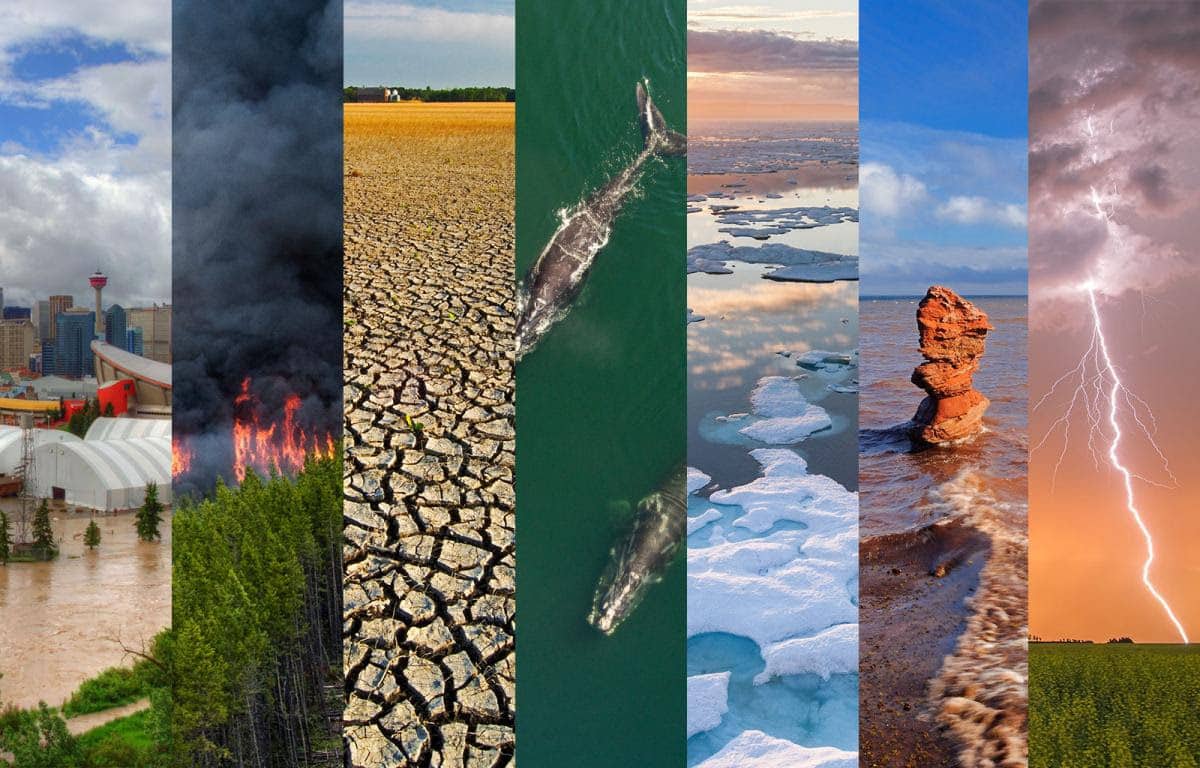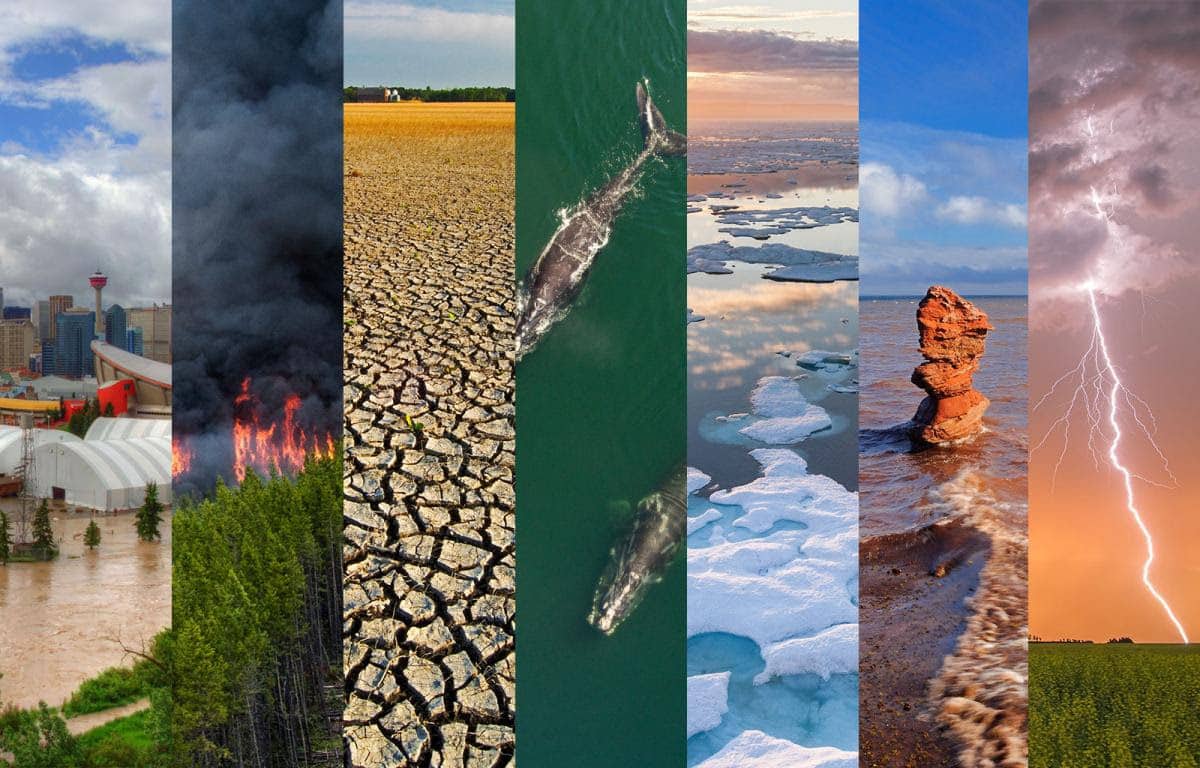
The situation of climate change has become so catastrophic that it can lead to discouragement on the part of the people who live on this beautiful earth. What can we do? Can one nation slow down and reverse climate change? But just as ecologist Stephen Pacala and physicist Robert Socolow, both of Princeton University, have proposed 15 “wedges” for nations to use to achieve this goal – each of which is difficult but achievable and, combined with others, could reduce greenhouse gas emissions to safer levels – there are personal lifestyle changes you can make as well that, combined with others, can help reduce your carbon impact. Not all of them are right for everyone. You may already be doing some of them or you may absolutely abhor them. But implementing a few of them could make a difference.

# 1. Infrastructure Upgrade
Buildings worldwide contribute around one-third of all greenhouse gas emissions (43 percent in the U.S. alone), even though investing in thicker insulation and other cost-effective, temperature-regulating steps can save money in the long run. Electric grids are at capacity or overloaded, but power demands continue to rise. And bad roads can lower the fuel economy of even the most efficient vehicle. Investing in new infrastructure, or radically upgrading existing highways and transmission lines, would help cut greenhouse gas emissions and drive economic growth in developing countries.
Of course, it takes a lot of cement, a major source of greenhouse gas emissions, to construct new buildings and roads. The U.S. alone contributed 50.7 million metric tons of carbon dioxide to the atmosphere in 2005 from cement production, which requires heating limestone and other ingredients to 1,450 degrees Celsius (2,642 degrees Fahrenheit). Mining copper and other elements needed for electrical wiring and transmission also cause globe-warming pollution.
But energy-efficient buildings and improved cement-making processes (such as using alternative fuels to fire up the kiln) could reduce greenhouse gas emissions in the developed world and prevent them in the developing world.

# 2. Consume Less
The easiest way to cut back on greenhouse gas emissions is simply to buy less stuff. Whether by forgoing an automobile or employing a reusable grocery sack, cutting back on consumption results in fewer fossil fuels being burned to extract, produce and ship products around the globe. Think green when making purchases. For instance, if you are in the market for a new car, buy one that will last the longest and have the least impact on the environment. Thus, a used vehicle with a hybrid engine offers superior fuel efficiency over the long haul while saving the environmental impact of new car manufacture.
Paradoxically, when purchasing essentials, such as groceries, buying in bulk can reduce the amount of packaging—plastic wrapping, cardboard boxes and other unnecessary materials. Sometimes buying more means consuming less.

# 3. Experiment Earth
Climate change represents humanity’s first planetwide experiment. But, if all else fails, it may not be the last. So-called geoengineering, radical interventions to either block sunlight or reduce greenhouse gases, is a potential last resort for addressing the challenge of climate change.
Among the ideas: releasing sulphate particles in the air to mimic the cooling effects of a massive volcanic eruption; placing millions of small mirrors or lenses in space to deflect sunlight; covering portions of the planet with reflective films to bounce sunlight back into space; fertilizing the oceans with iron or other nutrients to enable plankton to absorb more carbon, and increasing cloud cover or the reflectivity of clouds that already form.
All may have unintended consequences, making the solution worse than the original problem. But it is clear that at least some form of geoengineering will likely be required: capturing carbon dioxide before it is released and storing it in some fashion, either deep beneath the earth, at the bottom of the ocean or in carbonate minerals. Such carbon capture and storage are critical to any serious effort to combat climate change.




